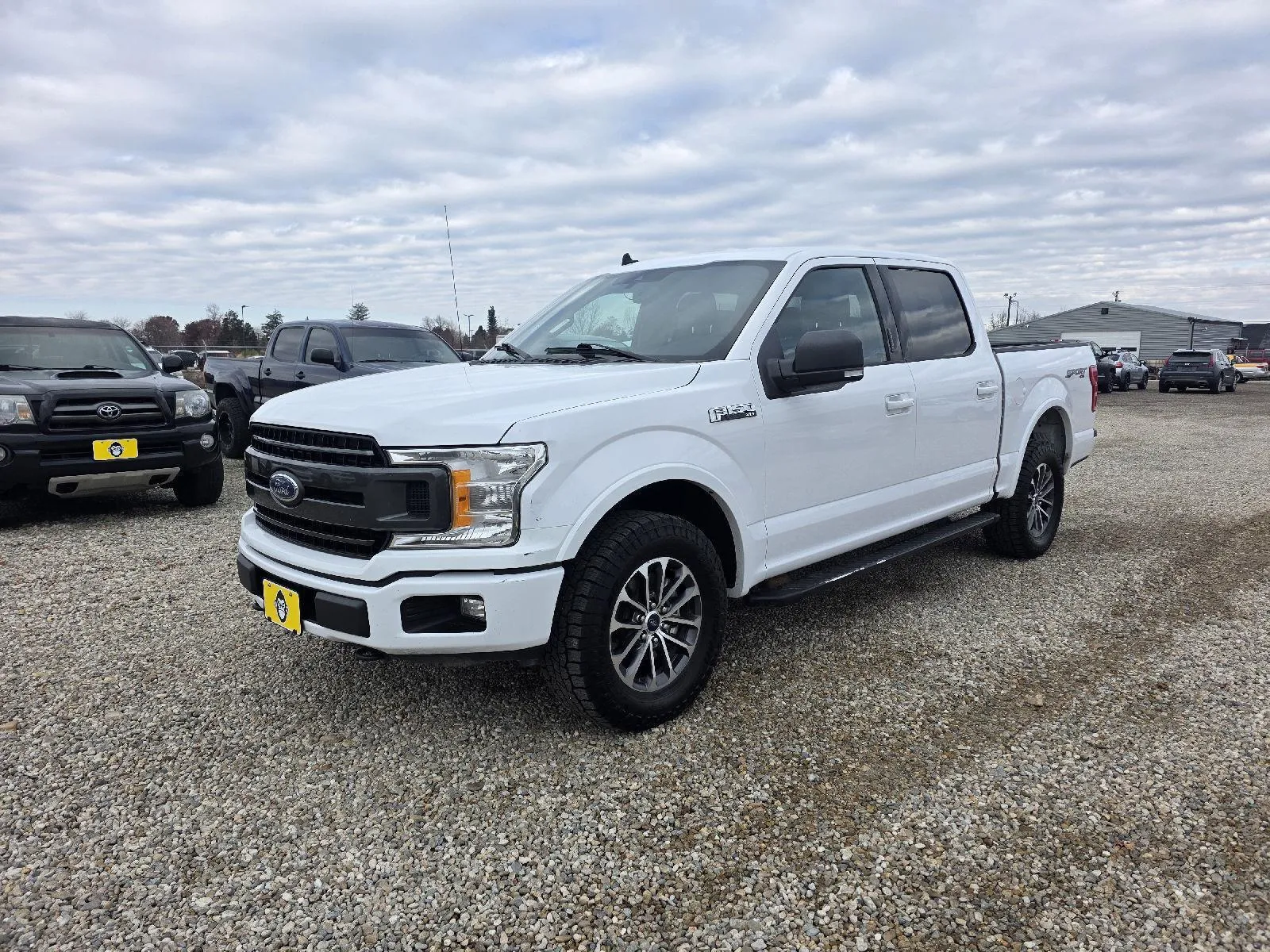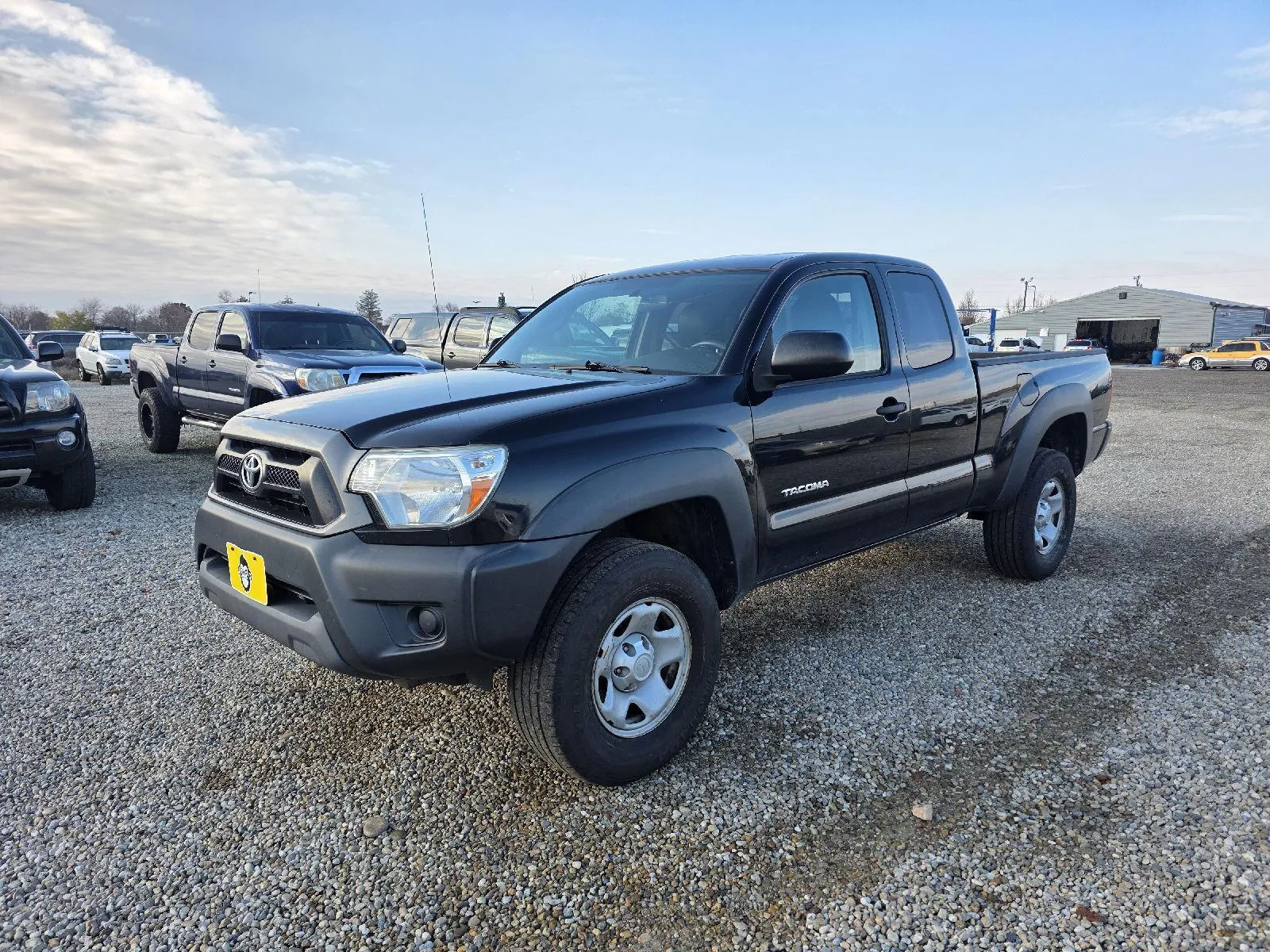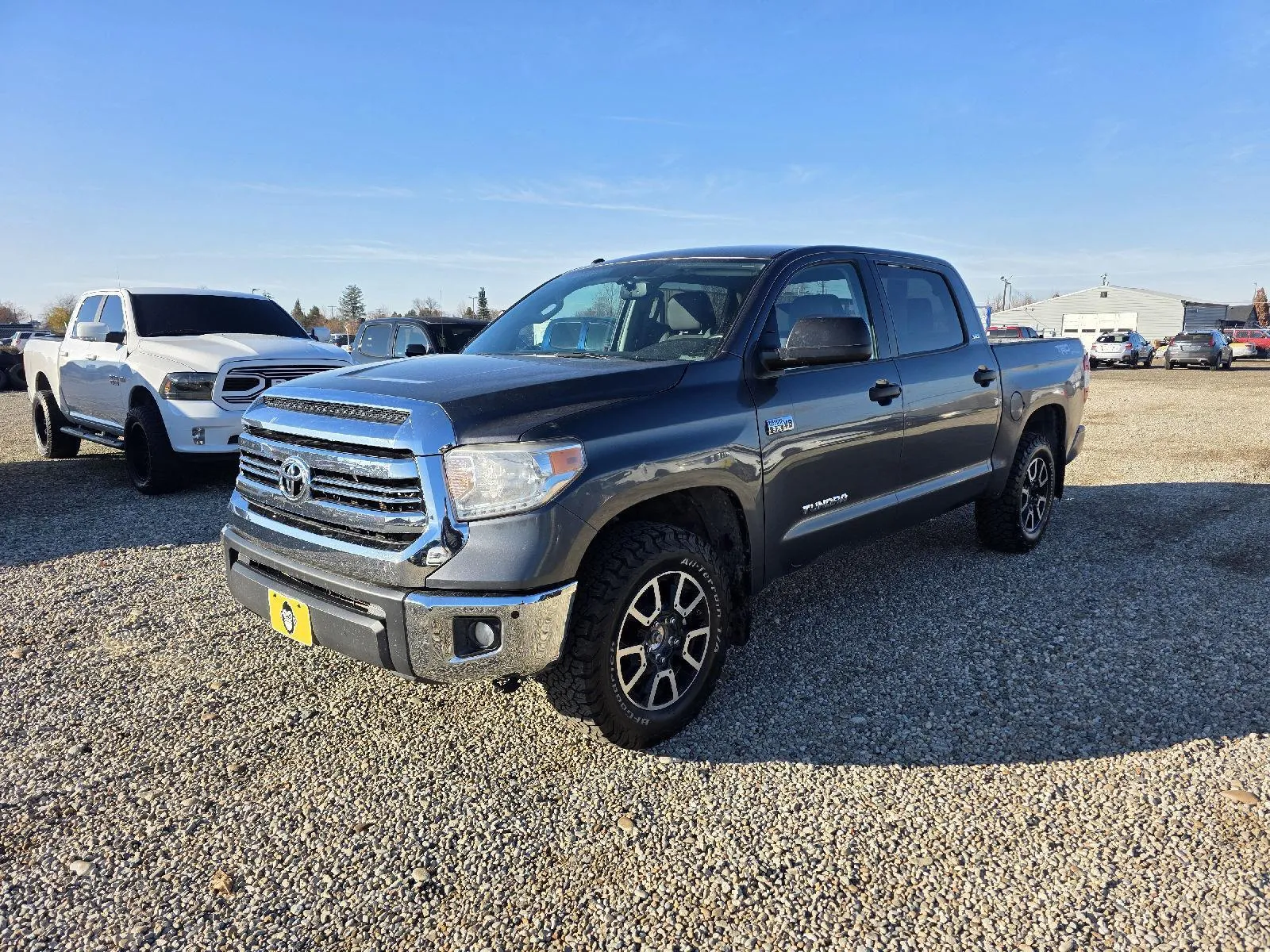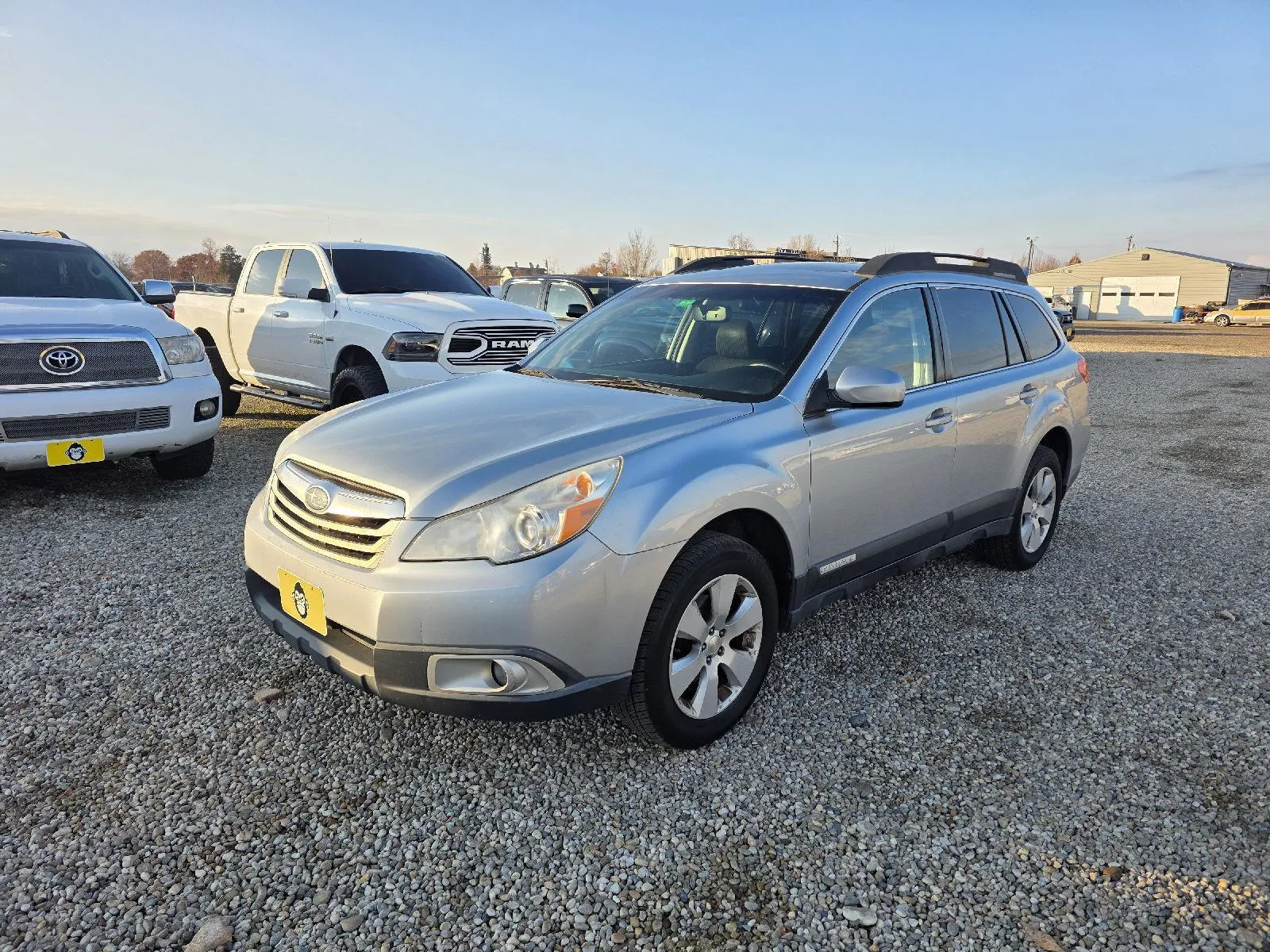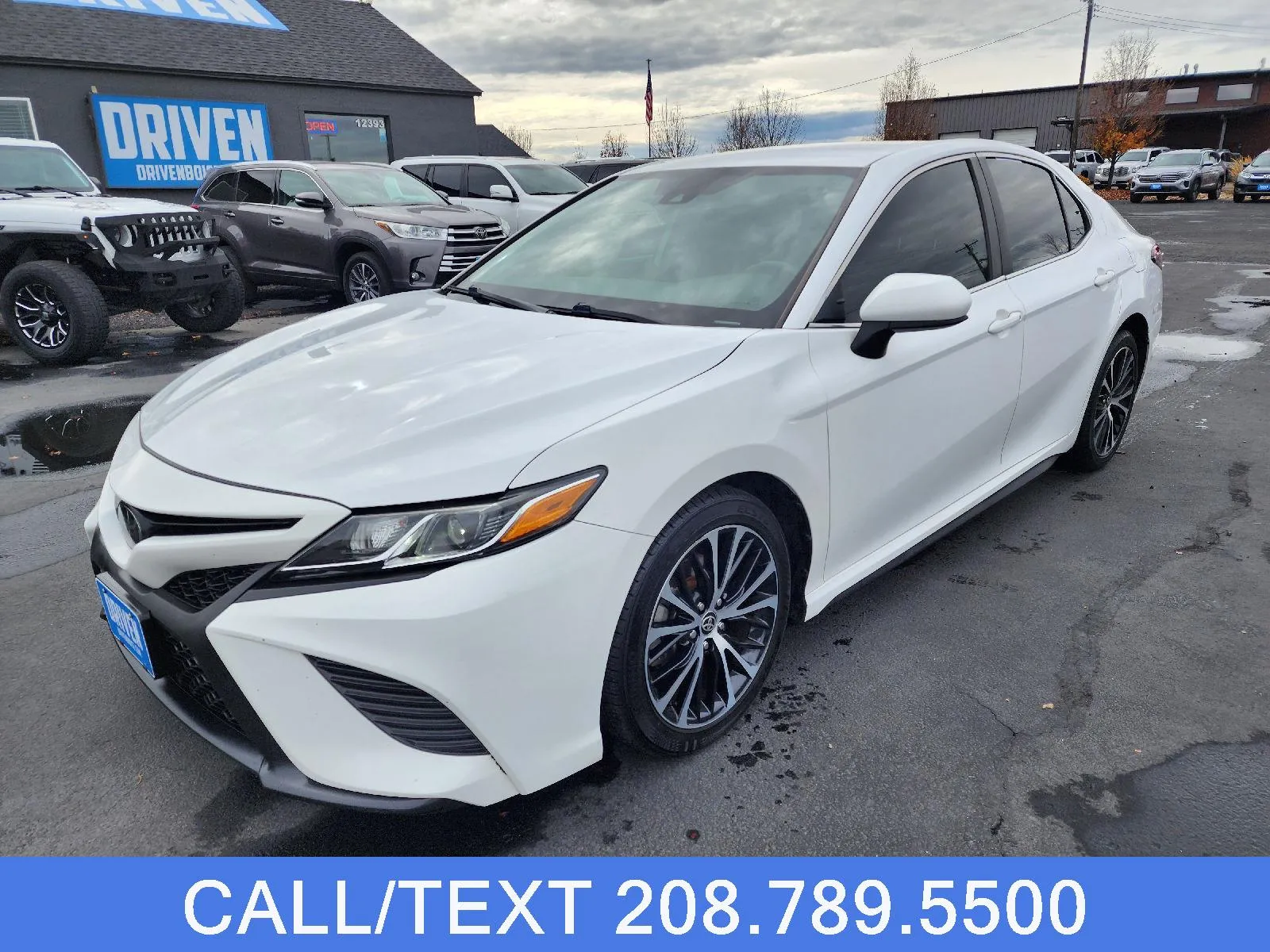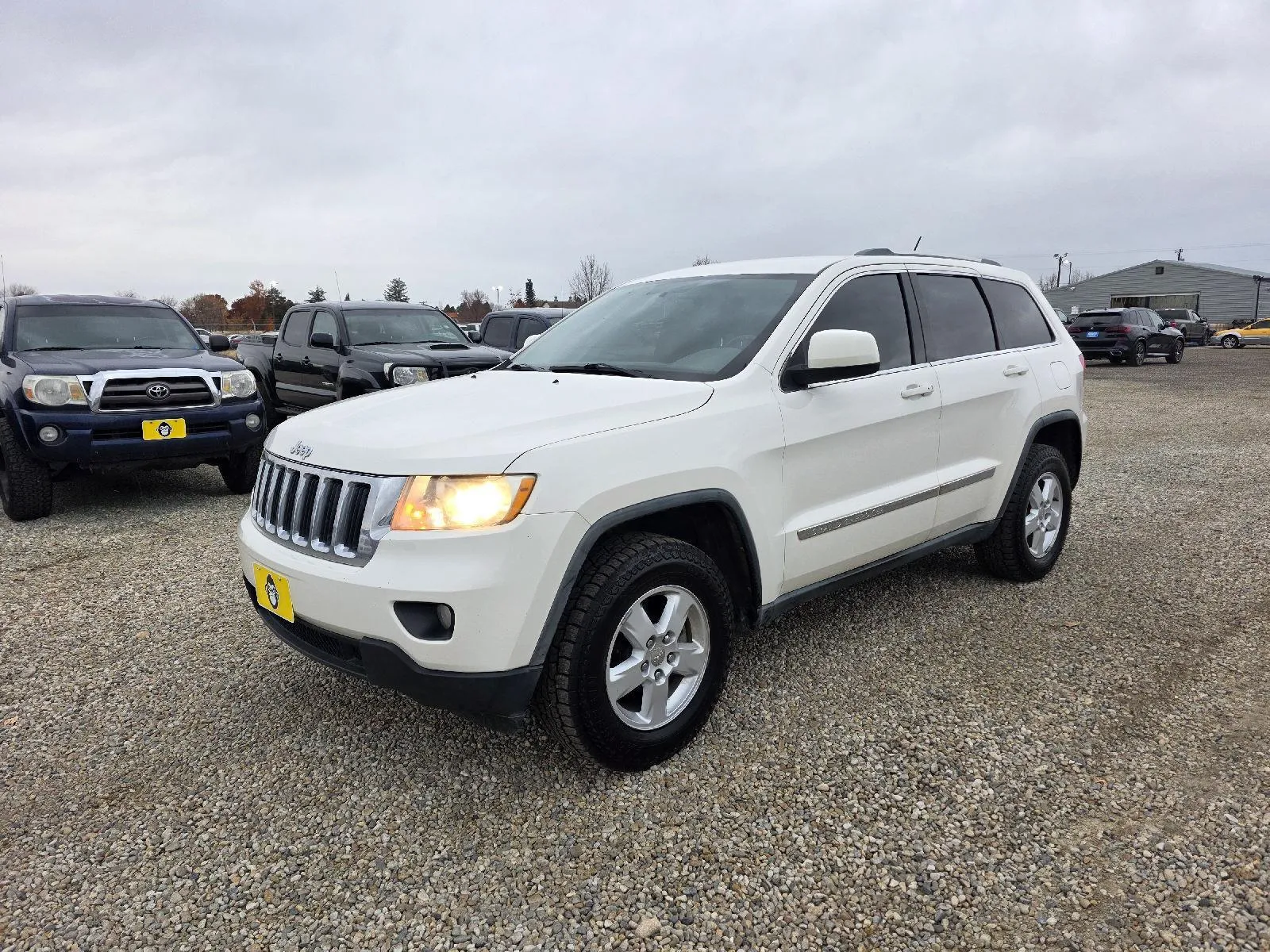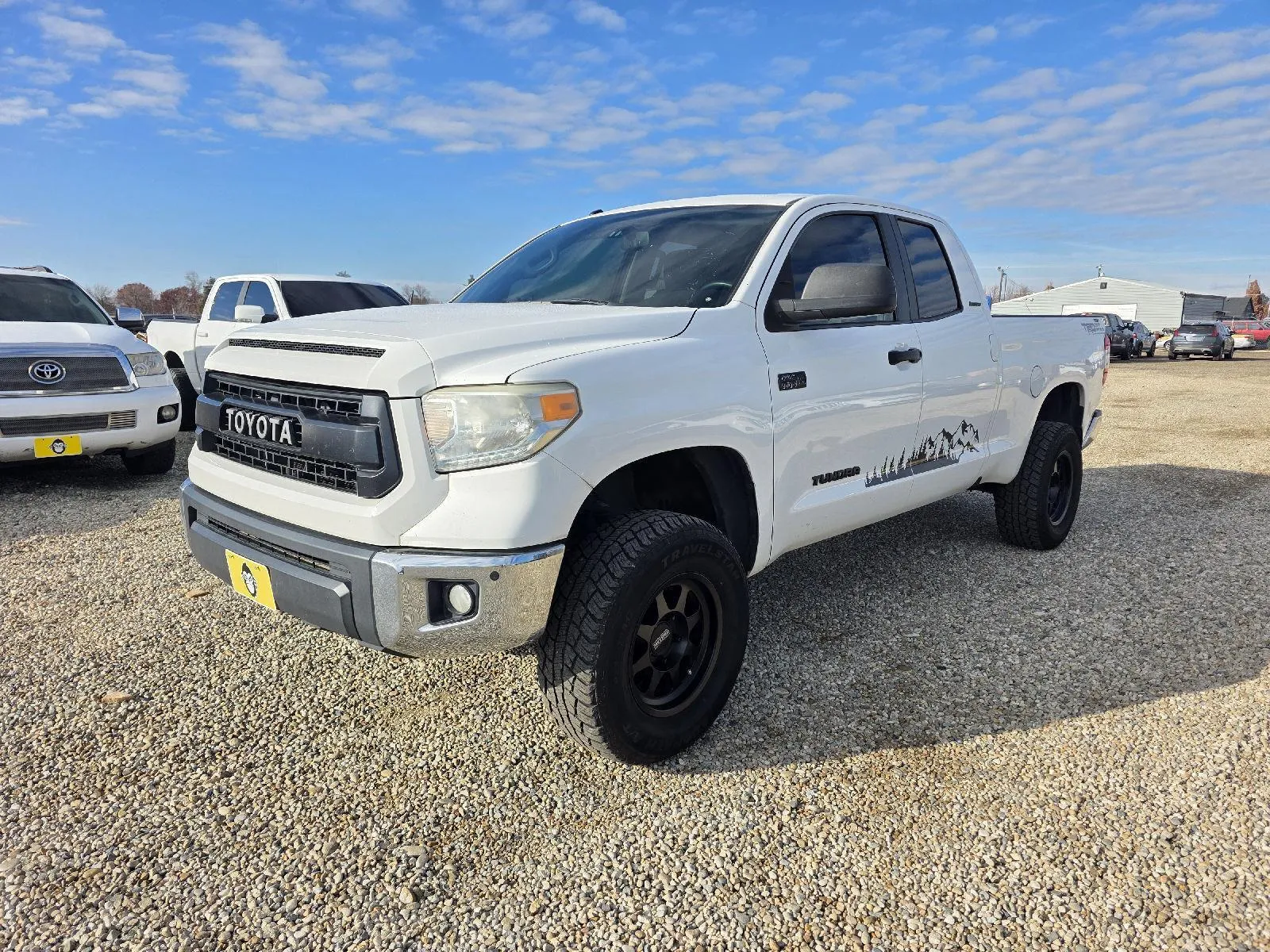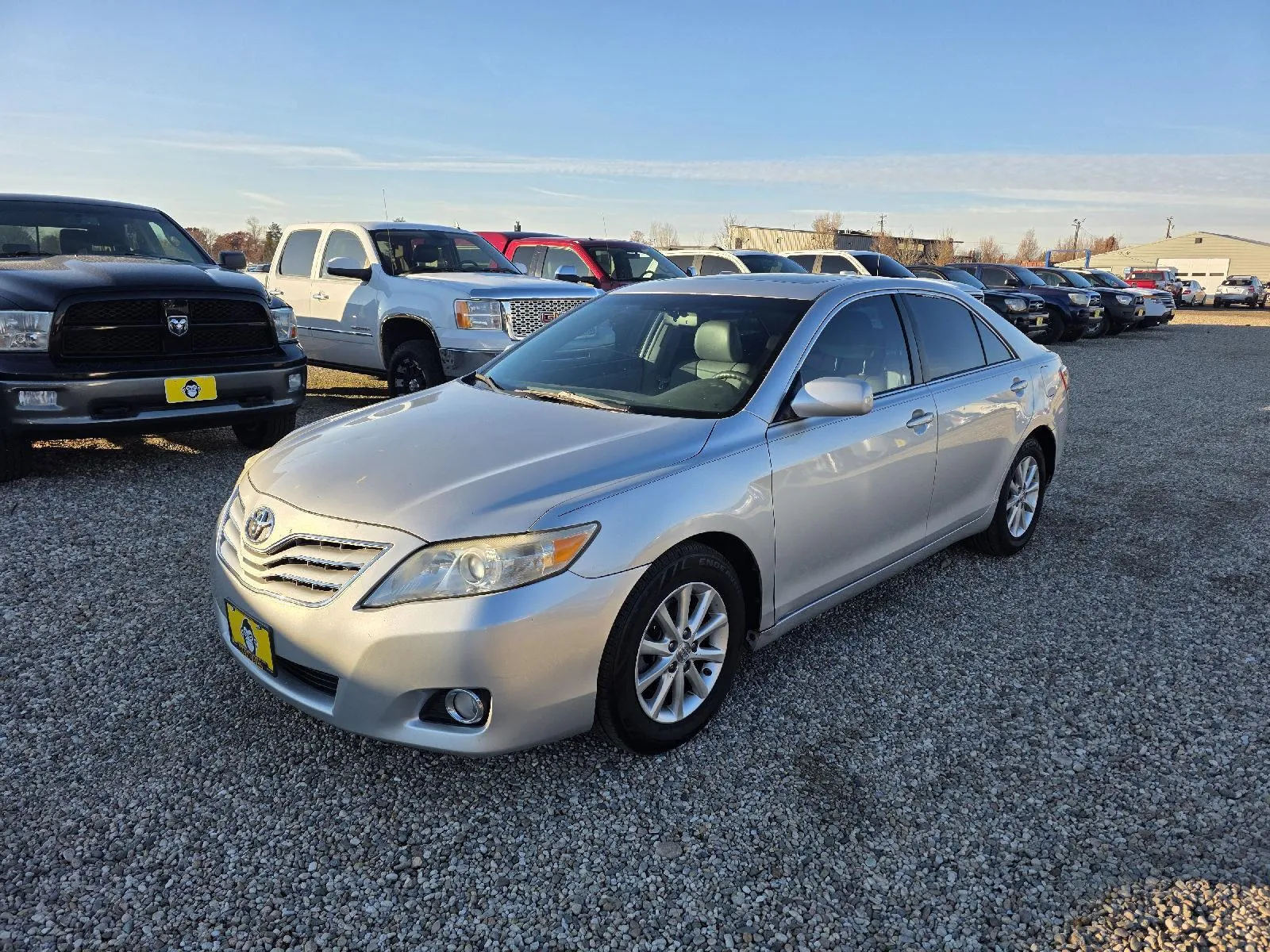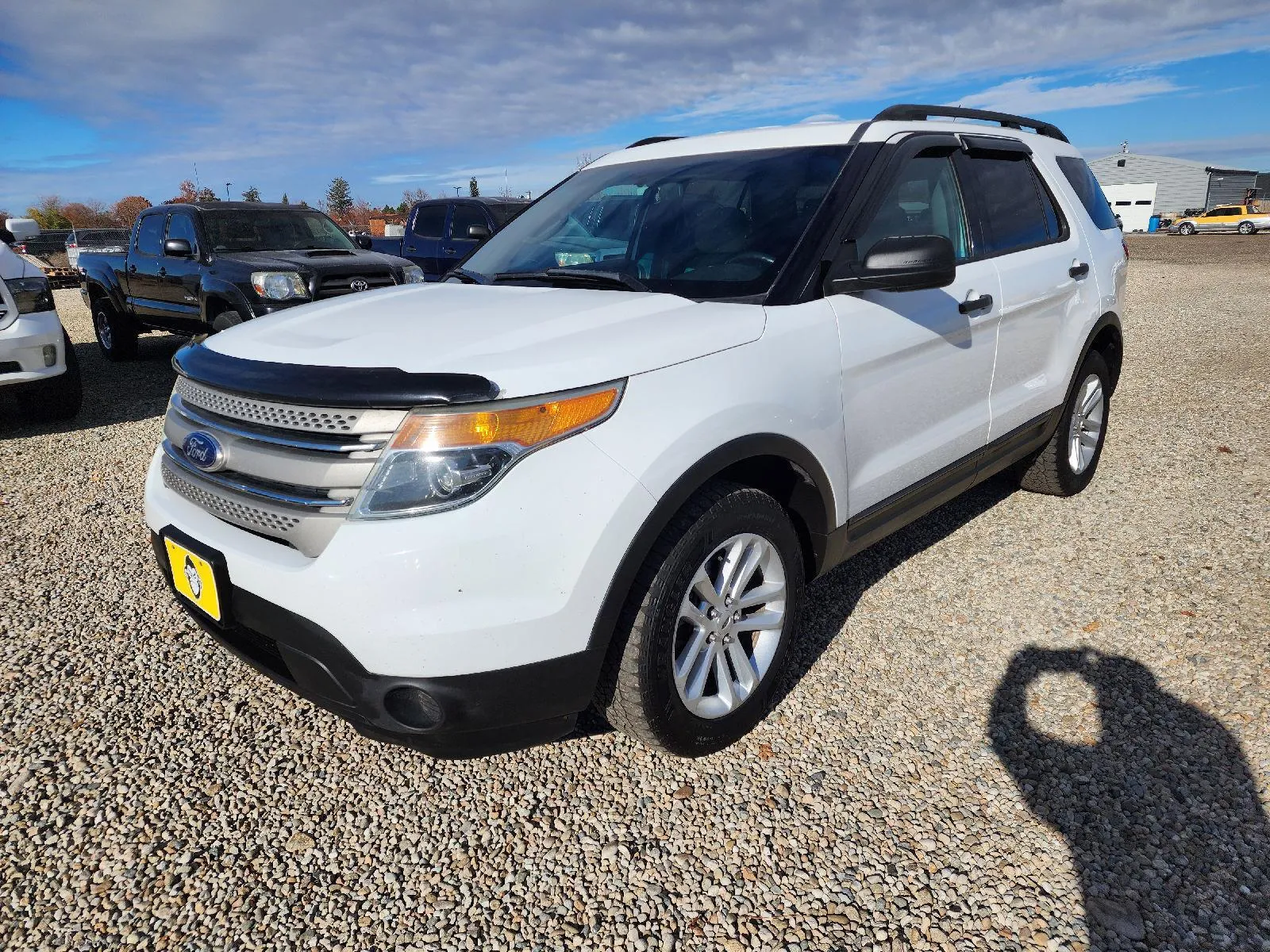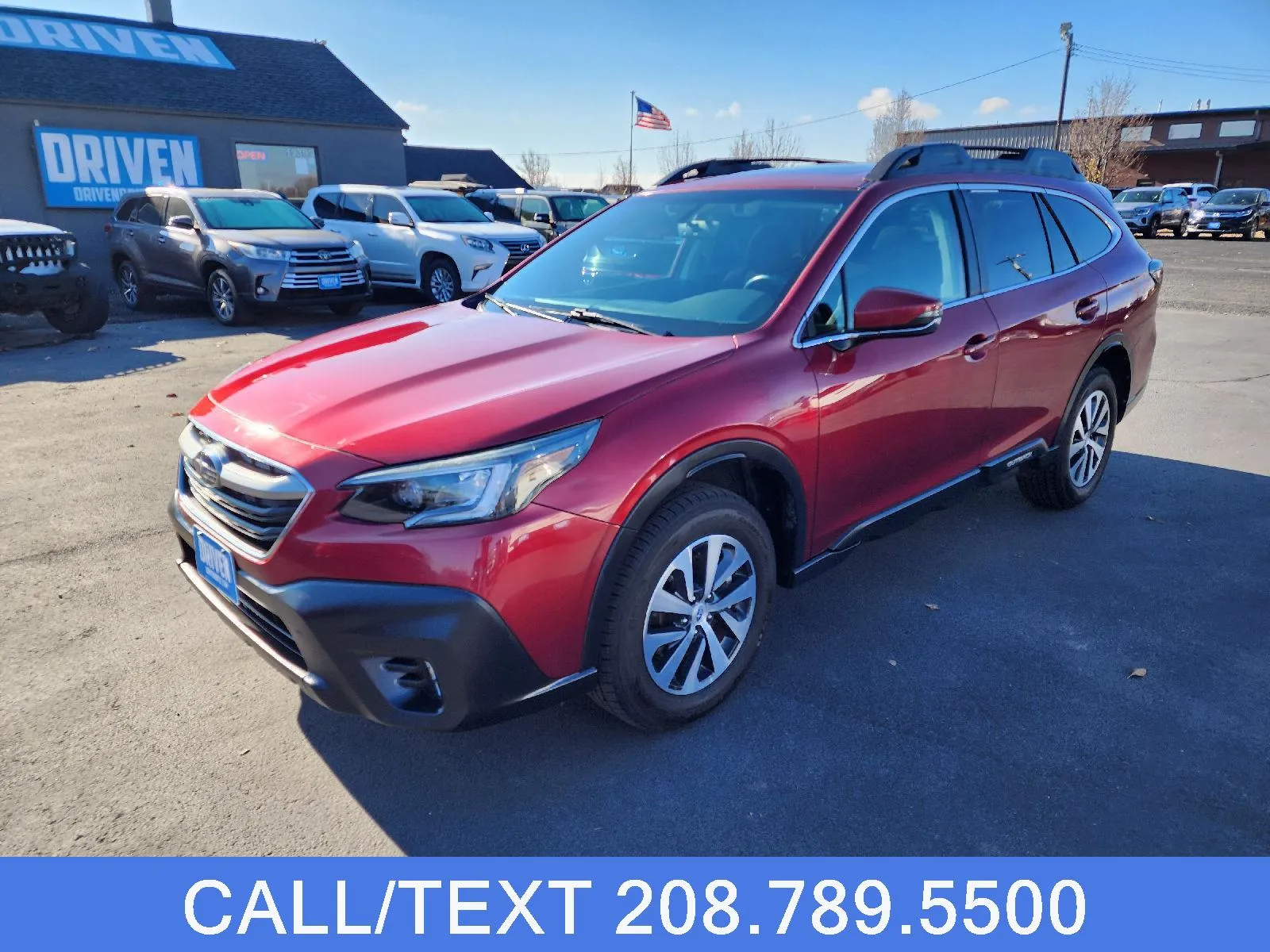Why Used Car Buyers in Boise Should Act Now: Market Trends & Smart Tips for 2025
Why Used Car Buyers in Boise Should Act Now: Market Trends & Smart Tips for 2025
Hello again, Boise drivers! If you’re in the market for a used car, things might feel a little tougher than usual—and that’s because they are. Today we’re breaking down what’s happening in the national and local used car market in 2025, and how Boise shoppers can take advantage (and avoid pitfalls) in this environment.
📈 What’s Going On with Used Car Prices?
- According to Edmunds’ recent data, the average transaction price for a 3‑year‑old used car has climbed to around $31,216, up 5.2% year-over-year. Edmunds
- Meanwhile, new-vehicle prices remain elevated, which pushes more buyers into the used market. Reuters+3Kbb.com+3Cox Automotive Inc.+3
- Wholesale indices are also trending upward. Reuters reports that the Manheim Used Vehicle Value Index was up 6.3% year-over-year in June 2025. Reuters
- Supply remains tight: inventories for both new and used vehicles have contracted, giving dealers more pricing power. AP News+3Cox Automotive Inc.+3Business Insider+3
In short: demand is strong, supply is constrained, and prices are holding firm (or rising) in many segments.
🏙 What This Means for Boise Buyers
- For Boise-area shoppers, this means less wiggle room on pricing compared to more balanced markets.
- More desirable trucks, SUVs, and reliable sedans (especially from brands like Toyota, Subaru, Honda) may command a premium here.
- Used cars priced under $15,000 are especially scarce. KBB notes that dealers now carry only about 29 days’ worth of inventory under that price bracket—significantly less than average.
- But even amidst the challenging market, there’s still room for smart buyers to win.
🔍 Strategies to Win in Today’s Boise Used Car Market
1. Be Flexible with Make, Model & Location
- Expand your search area to nearby towns around Boise (e.g., Meridian, Nampa, Caldwell). Sometimes you’ll find better value slightly further out.
- Don’t fixate only on one “dream” model. Having a shortlist of acceptable alternatives gives you negotiating power.
2. Time Your Move
- Wholesale price shifts often filter down to retail after 4–8 weeks. If you can wait, that lag may work in your favor.
- Watch for slower-selling months. In many parts of the U.S., late summer to early fall sees slight softening in used car demand.
3. Tap Into Older/Less-Sought Models
- Because newer, low-mileage trade-ins are scarce, older models with solid reputations may present better bargains.
- Proven reliability (brands like Toyota, Honda, Subaru) goes a long way in minimizing risk.
4. Use History Reports & Inspections as Negotiation Tools
- In tight markets, being able to confidently question offers and ask for repairs or adjustments can earn you savings.
- A vehicle with documented maintenance history gives you leverage versus one without.
5. Pre‑Approve Financing & Be Rate‑Conscious
- Interest rates still matter. Knowing your credit/best rates ahead of time lets you act quickly when a deal shows up.
- Use multiple lenders (credit unions, banks, online) to compare offers.
6. Act When the Right Deal Appears
- With supply so tight, good deals don’t last long. Be ready to move quickly when you find one.
- If something feels fair and meets your criteria, don’t delay too long—or it may slip away.
🚘 Why Driven Is Here to Help
At Driven, we’re laser-focused on the Boise used car market. We monitor wholesale trends, keep a sharp eye on inventory, and price our vehicles realistically—so you don’t overpay. We also maintain a rotating stock of reliable, well-inspected used vehicles suited for Idaho’s roads and conditions.
Whether you’re hunting for a dependable commuter car, a rugged truck, or a family SUV, we aim to give Boise buyers a fair shake—even in a tough market.


